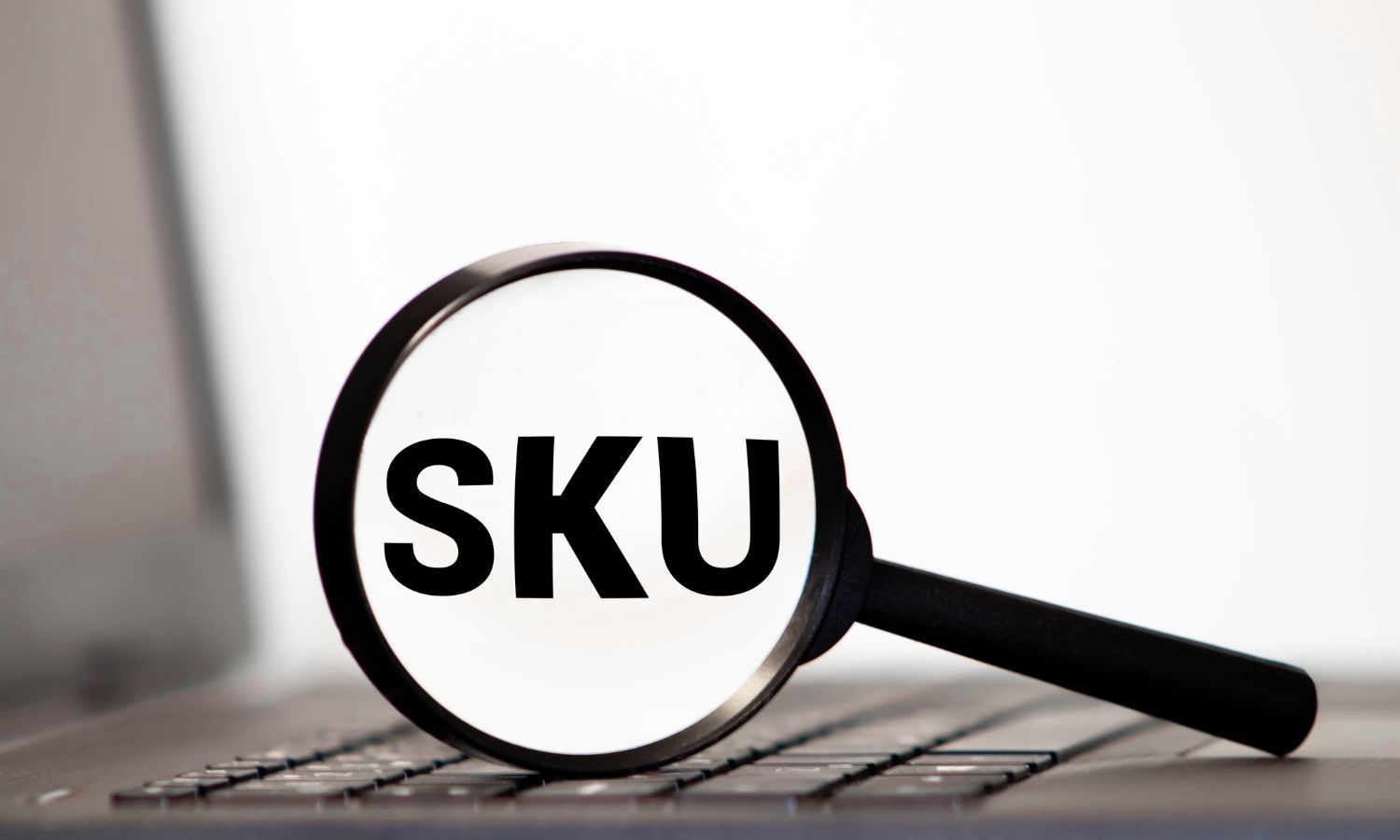[et_pb_section fb_built=”1″ _builder_version=”4.17.4″ _module_preset=”default” global_colors_info=”{}”][et_pb_row _builder_version=”4.17.4″ _module_preset=”default” global_colors_info=”{}”][et_pb_column type=”4_4″ _builder_version=”4.17.4″ _module_preset=”default” global_colors_info=”{}”][et_pb_text _builder_version=”4.17.4″ _module_preset=”default” global_colors_info=”{}”]
As a winery owner, you are probably far more concerned with wine production than wine pricing. That’s understandable because if the wine isn’t good, it won’t sell regardless of price. However, you need to get a fair price for your wine to recoup your production costs and stay in business. Wine pricing can be tricky. To ensure you have priced your wines at a price point that will both make you a profit and sell your wine, you need to understand costing methods. Here are the most common costing methods and which costing methods are appropriate for wineries to use.
Important Definitions
Before we can begin discussing costing methods for wineries, you need to understand the cost definitions for product producers, including wineries.
A fixed cost is easy to understand. Fixed costs are costs that do not change from month to month. Fixed costs include rent or mortgage on the winery buildings and land. Taxes, such as employee payroll taxes and property taxes, are also examples of fixed costs. Usually, you know exactly how much your fixed costs will be. You receive notices for property taxes yearly, and state or federal governments designate payroll taxes.
While fixed costs are the same for months or even years, even fixed costs change over long periods. Your property taxes will eventually rise, for example. But generally, fixed costs do not change month to month. If this is confusing, you can keep in mind that fixed prices don’t change with an increase or decrease in your wine production.
The opposite of fixed cost is a variable cost. Variable costs vary by the number of products you produce. Usually, the more wine you produce, the higher your variable costs will be. For most wineries, the highest variable costs are materials costs for wine production, such as barrels, corks, bottles, and labels. While your fixed costs will not change monthly, your variable costs will change monthly.
Total cost is much easier to understand. When calculating your total costs, you are adding all of your fixed and variable costs together to come up with the total cost of production.
You’ll need two more definitions of cost before we move on to costing methods for wine. There are direct and indirect costs of production. Direct costs are the costs of all the materials involved in the production of the wine, as well as the cost of labor you have used to produce the wine. An example of a direct cost would be the salaries or hourly wages you pay your bottlers at the winery.
Indirect costs are sometimes referred to as overhead. An example of indirect costs would be the utilities for the winery. Those utilities would include the electricity for your bottling area and a wine-tasting room with a retail outlet. Because the utilities are for the entire operation, rather than just the bottling area, they are counted as an indirect cost.
Types of Costing Methods
Now that you understand the costing method definitions, we can talk about a couple of common costing methods for wine that you should be aware of.
Standard Costing
Many wineries use the standard costing method. Standard costing is excellent for companies trying to establish a workable budget. In standard costing, businesses make estimates for their production costs. Fixed costs are easy to estimate because they don’t change from month to month. Direct labor costs, such as payroll, are included in the production costs. There are variable costs as well within the standard costing method. The cost of materials is the most important variable cost that needs to be estimated in the standard costing method.
Using the standard costing method will be easier if you have been in the winemaking business for a while because of the variable costs. It is much easier to estimate costs for your wine bottles each year if you have been buying them for years for your winery.
There are advantages of the standard costing method. First, standard costing is very efficient. Using the per case method, you can look at the estimated projected costs for your business for an entire year on one simple sheet. Also, standard costing allows you to manage your business budget more effectively because you will be able to check monthly if your expenses are staying close to the budget or if the expenses are constantly running over budget.
Many wineries use the standard costing method for several reasons. First, because many wineries sell wine by the case, using the standard costing method simplifies the accounting and budget process. The numbers in standard costing are easy to understand. Also, the accounting costs for wineries when they use the standard costing method is less expensive. Finally, using the standard costing method allows wineries to analyze the difference between the actual costs of the wine and the standard costs predicted for the year. A year-end examination allows wineries to dig into what led to the variance between costs so that they can produce more accurate costing methods each year.
Specific Item Costing
In addition to standard costing, many wineries also use specific item costing. In specific item costing, costs of production are accounted for in each bottle or case of wine. If you own a small winery, specific item costing may be perfect for your business. Specific item costing is also great for wineries with high-dollar values or vintages.
For example, when you price a case of wine or a bottle of wine, you use the item number to assign all the costs that figure into the price of the case or the bottle. So in that bottle of wine, you have all the direct costs (materials, labor) and indirect costs (rent, utilities, and insurance) needed to make the wine.
Specific item costing may make more sense for your winery, especially if the costs of your bottles of wine continues to increase dramatically. Also, many wineries like specific item costing, as it allows them to figure out how much to price their wine for on the market.
Which Costing Method Would Work For Me?
Before you decide which kind of costing method works well for your winery, there are a few factors you need to consider. You will want to choose the best costing method possible for you and your business. If you have friends, family members, or business acquaintances in the wine industry, you may want to talk to them about which costing method they prefer.
First, consider the size of your winery. For this example, we’re only going to focus on one critical aspect, SKU management.
- How many different SKUs do you have?
- How many different components are tethered to each individual SKU?
- Which of these components are used for multiple SKUs?
- How are you currently tracking each of your SKUs?
When you look at the potential avalanche of information from this one component of your business, it’s clear why there are several different costing methods. One costing method may work better than another for your business. A larger winery may want to use standard costing, while a smaller winery may want to use job costing. Again, there are advantages and disadvantages for each method you use when considering the size of production.
Second, you need to consider the price of your wines. Brand recognition plays a critical factor in your pricing model. For example, if your brand is synonymous with the quality standards of high society, your pricing model will be much higher than a smaller, lesser-known brand.
You also need to think about the demand for your wines. For example, if you are currently struggling to keep up with the demand for your wine, it is likely time to consider increasing the cost per bottle. If you’re on the other side of the spectrum and have more bottles of wine sitting in storage verse on the shelves and in people’s glasses, it may be time to consider reducing the costs of your wines to find a better balance.
Turn To Protea Financial for Bookkeeping Help Today!
Protea Financial can help you with bookkeeping, accounting, financial management, and inventory issues. We specialize in wineries, and we know we can help you grow your business. Find out how we can help. Contact Protea Financial today!
[/et_pb_text][et_pb_cta title=”Protea Financial Is Here to Help!” button_url=”https://proteafinancial.com/contact/” url_new_window=”on” button_text=”Contact Protea Financial to Help with Your Winery Financials” _builder_version=”4.17.4″ _module_preset=”default” background_color=”#0a0101″ min_height=”276.6px” global_colors_info=”{}”]
Cost methods for wineries is more complicated than most other businesses. For help keeping the documentation straight, give us a call here at Protea Financial!
[/et_pb_cta][/et_pb_column][/et_pb_row][/et_pb_section]


